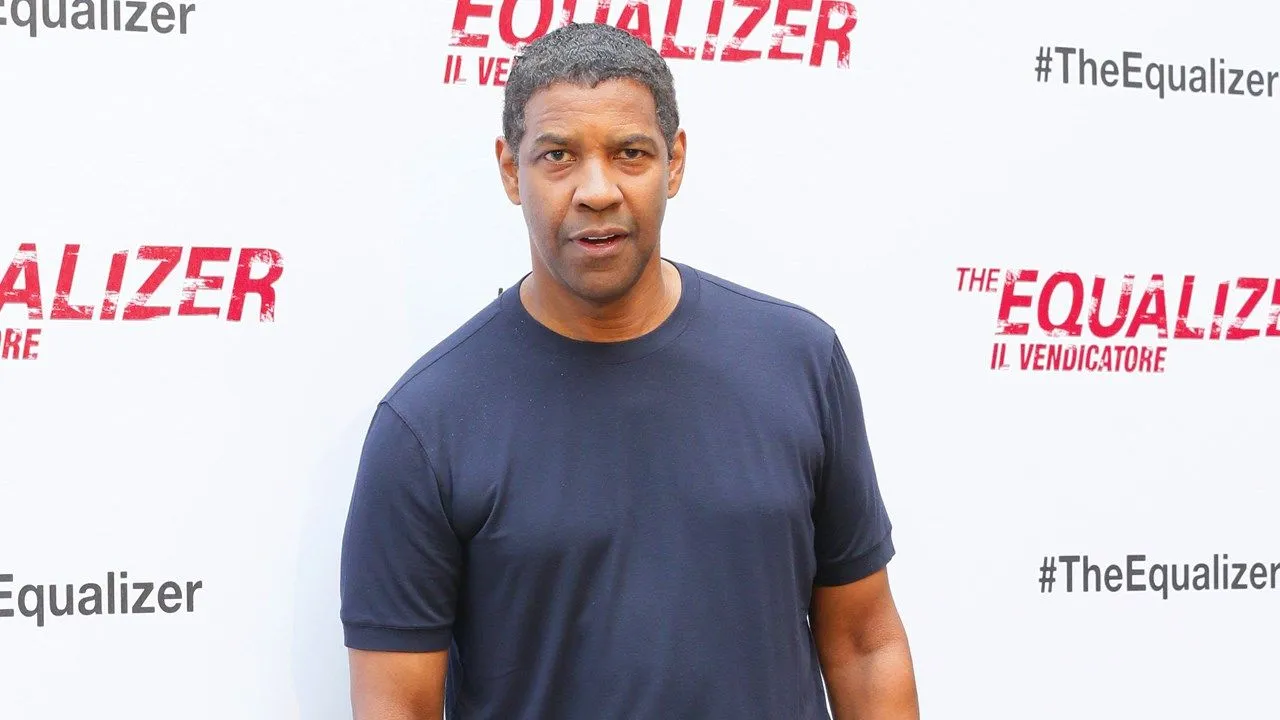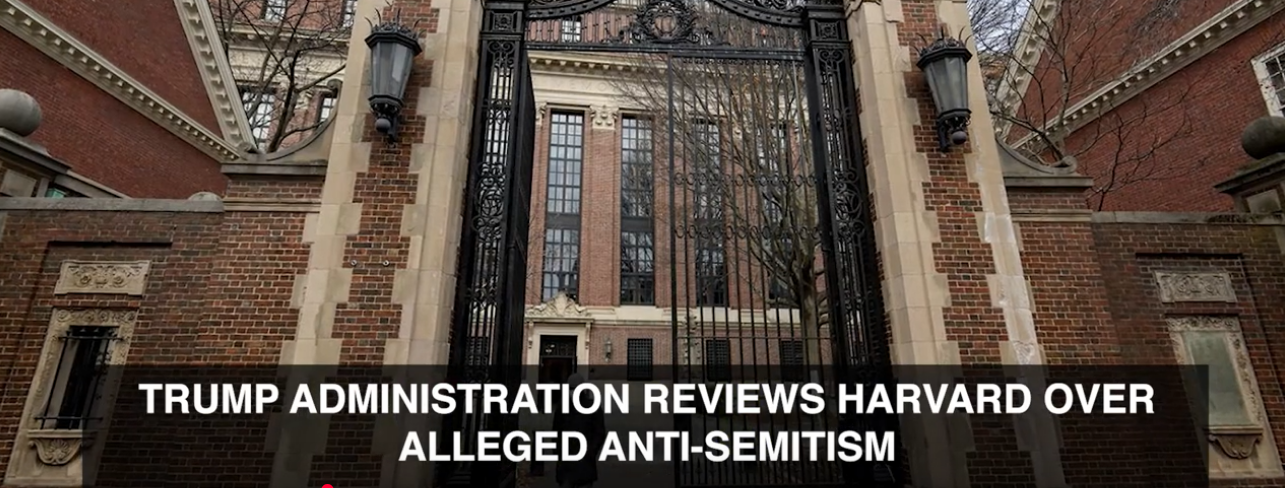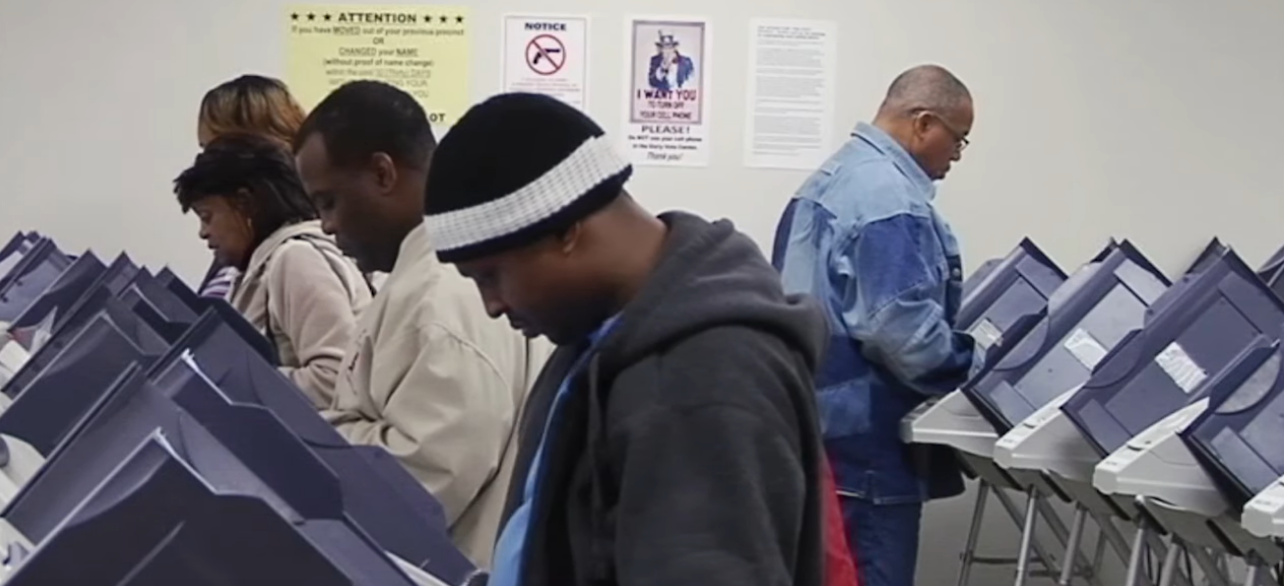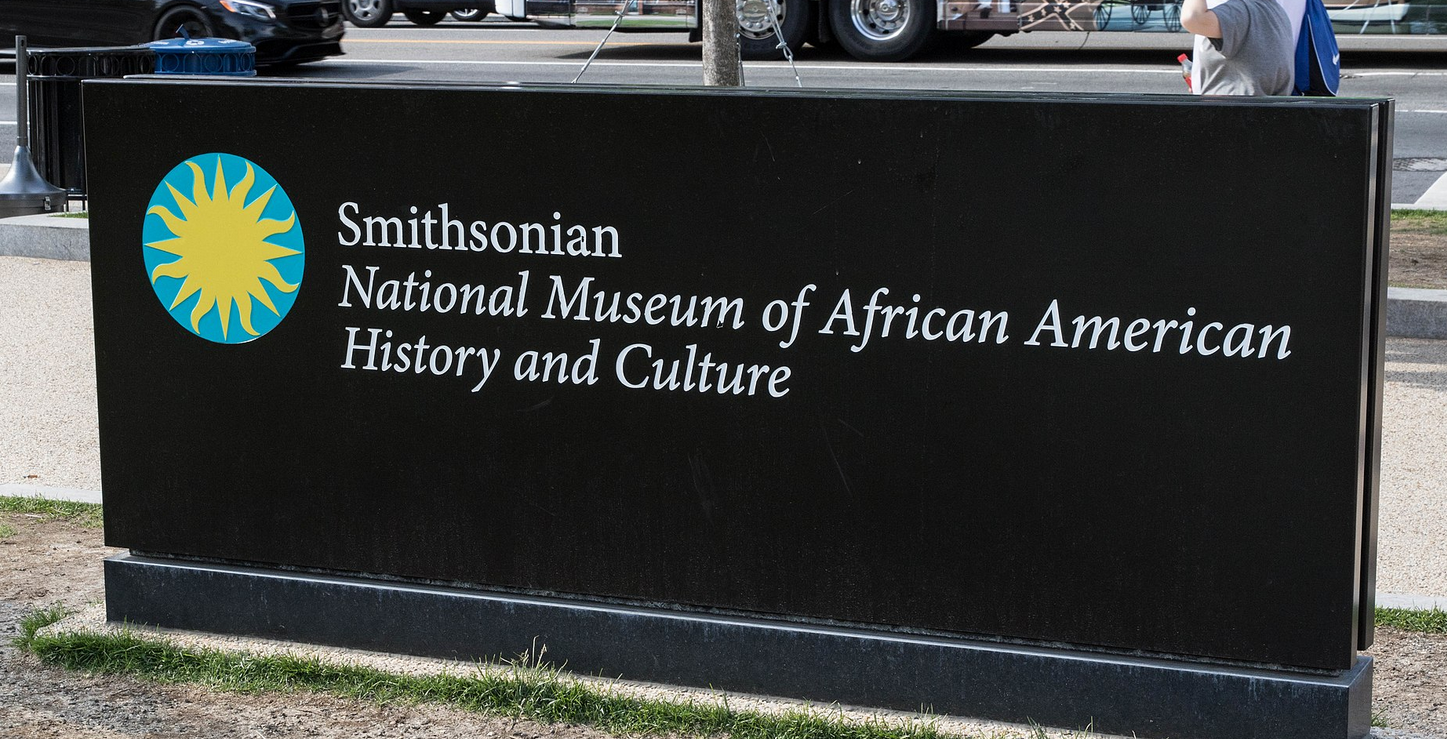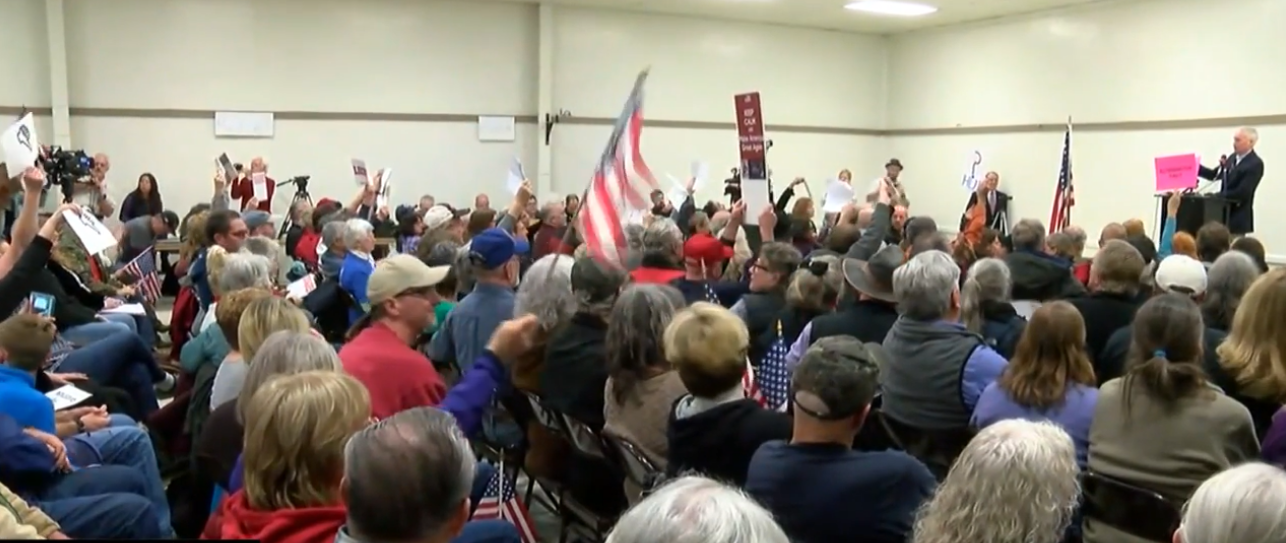Photo: YouTube
The Federal Energy Regulatory Commission (FERC) held an all-day “workshop” Friday on setting up an Office of Public Participation, 43 years, literally, after it was authorized by Congress.
Here’s the testimony I presented. If you want to check it out you can go to ferc.gov and click on the Office of Public Participation link on the home page.
Ted Glick testimony, April 16, 2021, at FERC workshop on an Office of Public Participation, on behalf of Beyond Extreme Energy
I have been interacting with and experiencing FERC for the last decade. As the gas industry has expanded nationally I have been involved with numerous efforts to prevent the imposition of pipelines, compressor stations and export terminals. I’ve done so in the county, Essex County, NJ, where I live, in other parts of NJ, in the Md/DC/Va. area when I was the National Campaign Coordinator of the Chesapeake Climate Action Network, and nationally through CCAN and the organization Beyond Extreme Energy.
A constant among all of these experiences is that FERC has operated as a willing partner with the gas and pipeline industries, making sure that in virtually every single case they get their permits to expand their operations. It doesn’t matter if the number of comments opposing a project is 99-1 opposed; they’ll get their permit, their Certificate of Public Convenience and Necessity. That’s why FERC is widely seen by those who experience it as a rubber stamp agency. According to the House Committee on Oversight and Reform, in a release put out in April of last year, “FERC has a pattern of rubber-stamping these certificates. According to data submitted to the Subcommittee, in the past 20 years, FERC has granted 1,021 certificates, while rejecting only 6, a greater than 99% approval rate.”
The main responsibility of a new Office of Public Participation must be to end this rubber-stamping process, create a level playing field in which the opinions of local landowners, communities and towns on proposed projects are taken seriously. For this to happen, several things are necessary.
First, an OPP must be adequately staffed, both numerically and with people who have expertise and experience in democratic community organizing and governance. With all due respect to those who must work within a necessarily bureaucratic structure, there is a difference between democratic and participatory ways of work and bureaucratic ways.
Second, environmental justice concerns must be central to the functioning of an OPP. This means there must be people of color and people from low-income backgrounds part of the staff, and these issues must be prioritized. Indeed, for FERC as a whole, we would urge that an Environmental Justice Impact Statement for proposed new energy infrastructure, as well as an Office of Indigenous Relations, become part of the functioning of a new and reformed FERC. We need a 21st century federal energy regulatory agency, not one mired in 20th century thinking and practices.
The Office of Public Participation cannot be an operation separated out from the rest of the way FERC operates. The concept of “public participation,” of genuine community involvement, of taking seriously the concerns of local people affected by proposed projects and policies, must permeate all of FERC. This means that current FERC leadership must take on the issue of fossil fuel industry influence over and corruption of the way FERC operates. All of the many ways that this happens, from the revolving door between FERC employment and industry employment, to the hiring of contractors with deep industry ties, to hiring industry-connected individuals to lead FERC departments, and more, all of these must be identified and changed. FERC’s culture must change from one of industry participation and influence to one of genuine popular participation and influence.
And if that can’t happen, if it is just too deeply rooted, FERC needs to be replaced with a new federal energy regulatory agency that can do so.

